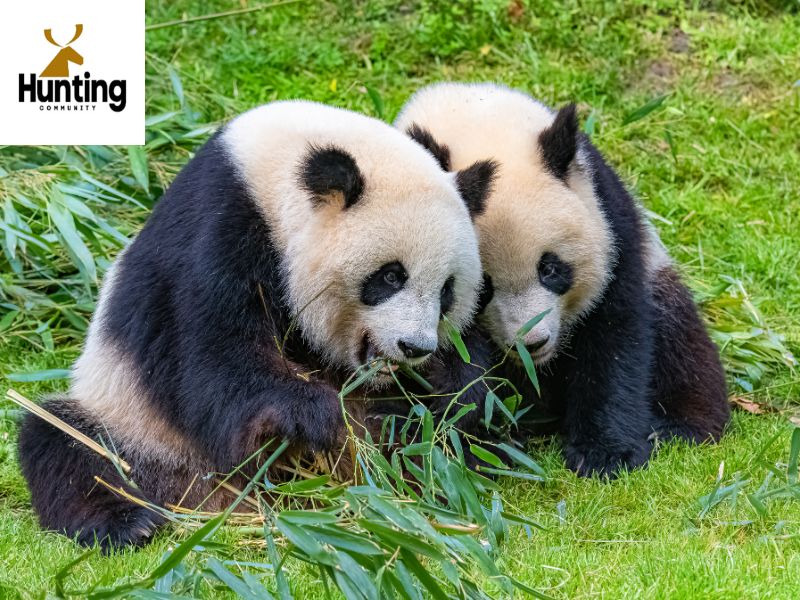How Many Lions Are Left In The World?
Lions are one of the most recognizable animals in the world. Plus, it happens to be the second largest cat on Earth. It is the largest cat in the world after the tiger. As a species, they belong to the family of cats known as Felidae. This includes other species of cats such as tigers, leopards, and jaguars. Lions are ferocious animals that represent strength and courage, so we immediately associate them with these attributes. Overall, lions are incredibly magical animals. However, concerns have arisen about the declining lion populations, prompting the question: “How many lions are left in the world?” Let’s delve into the current status of lion populations and explore the steps being taken to address this issue.
How many lions are left in the world?

According to Panthera , as of today, there are only 20,000 lions left in the world . Still, it’s hard to estimate exactly how many lions are left in the world. The reason is the large number of lions found outside the reserve. However, this is a significant reduction in their numbers in the wild, which is a bad sign. Until about a hundred years ago, there could have been more than 200,000 lions roaming the wild in Africa at any given time. In the past 20 years, it is estimated that about one-third of the African lion population has disappeared.
Once upon a time, lions roamed most of Africa, parts of Europe, and parts of Asia. Currently, however, lions have been confined to about 20 percent of their original historical range in order to survive in the wild. So how did lions get listed as an endangered species? Let’s take a look at the factors that contribute to the decline in lion populations.
How did lions become endangered?

Lions are listed as “Vulnerable” according to the IUCN Red List of Threatened Species. However, lion populations in some parts of Africa are still in steep declines at unprecedented rates. They are listed as “critically endangered” in these areas. The lion’s current predicament is caused by a variety of factors.
These factors include:
Habitat loss
So many animals are threatened by habitat loss, which is the leading cause of wildlife extinction. Lions are no exception. Sub-Saharan Africa’s population is set to double by 2050, leading to conversion of more habitats to agriculture. Land is being cleared to make way for development in order to develop and grow agriculture, which is driving lions (and many other animals) from their natural habitat.
It is estimated that lions in Africa currently occupy less than 92 percent of their original habitat. Savannas are critical to lion survival as they provide food, mate and allow prides to survive. In addition to shrinking habitat, lions are also being pushed closer to humans due to these trends. Lions are forced into villages because there is no habitat available. As a result, they hunt the livestock that communities depend on. Lions that get too close to communities end up being killed.
Illegal wildlife trade
The illegal wildlife trade ranks fourth among all illegal trades in the world. The rapid increase in lion poaching is a new problem for wild lion populations. Poaching of lion bones poses a major threat as some countries, including Laos, Vietnam and China, use them for medicinal purposes. Asian traditional medicine uses lion parts and derivatives as a substitute for tiger bone because they are believed to have medicinal and healing properties.
Conservation groups also see the legal sport of lion hunting as a significant threat, though it’s more controversial. While trophy hunting is illegal in some parts of Africa, many hunters pay corrupt conservationists to allow them to hunt. There are also a few African tribes that pose a threat to these animals. In some cultures, it is considered important to kill a lion as part of a ritual.
Disease
Lion numbers have declined dramatically over the past few years due to the ongoing spread of disease. It is becoming increasingly clear that as lions are driven out of their natural habitat, their risk of contracting livestock diseases increases. As a result, they end up spreading the disease to other members of their pride as well. In South Africa, bovine tuberculosis has also greatly harmed lion populations. The measles virus has killed about 30 percent of Serengeti lions.
Lion Conservation Efforts

Studying and protecting lions is critical to protecting the species and increasing their numbers if they are to survive. In Africa, there are various lion sanctuaries, some of the best in the world. A significant portion of the world’s lion population and surrounding areas are currently protected within these sanctuaries. Many centers have active programs in which they are involved in studying lions and bringing them under the laws that protect them.
To develop effective conservation strategies, African Wildlife Foundation researchers study carnivore populations, behaviour, movement and interactions with people. To educate locals and international tourists about the problem of declining lion numbers, Kenya has developed a unique program and incorporated it into its tourism strategy.
Will Lions disappear completely?
In response to the IUCN Red List of Threatened Species, many conservation efforts have been implemented to help protect lion populations. It is very likely that we will see certain lion populations go extinct in the near future, however, it is unlikely that entire species will disappear completely. Thanks to conservation efforts, many large, well-managed reserves in Africa today have large populations of lions. By educating others, you too can play an important role in saving the king of the jungle. As we now understand, these declines in numbers were caused by trophy hunting, habit degradation, and poaching. Conserving lions requires educating others about these factors.
More from 10hunting.com
Featured image

How many pandas are left in the world?





